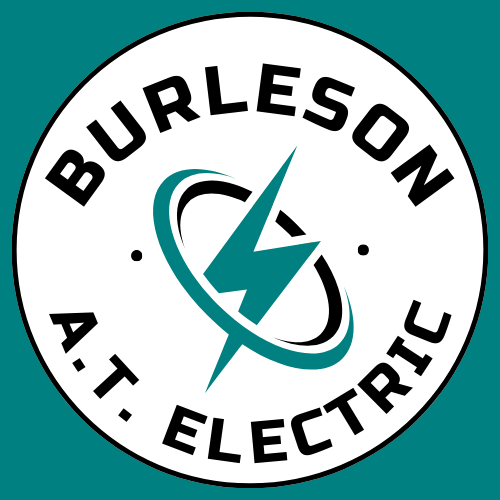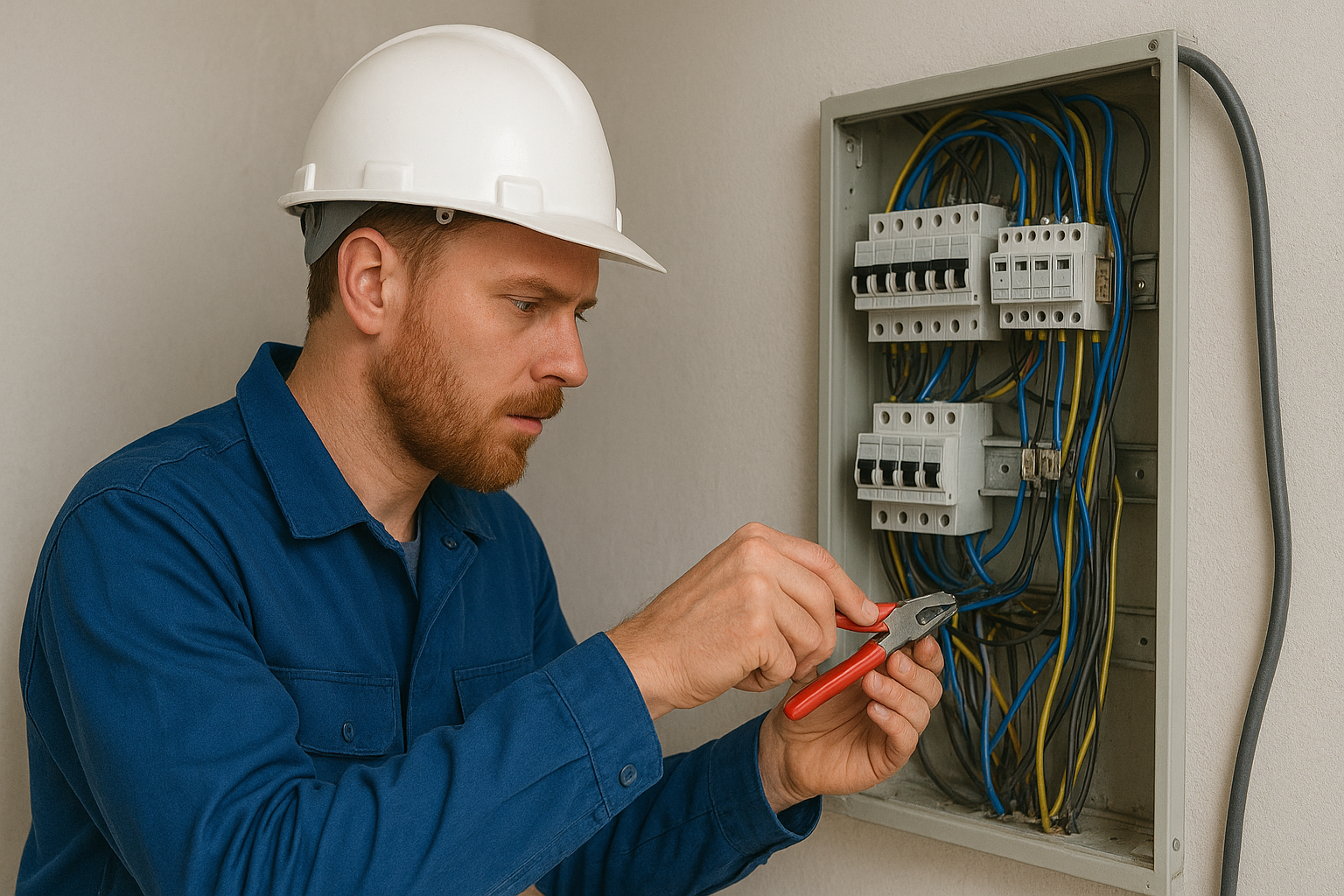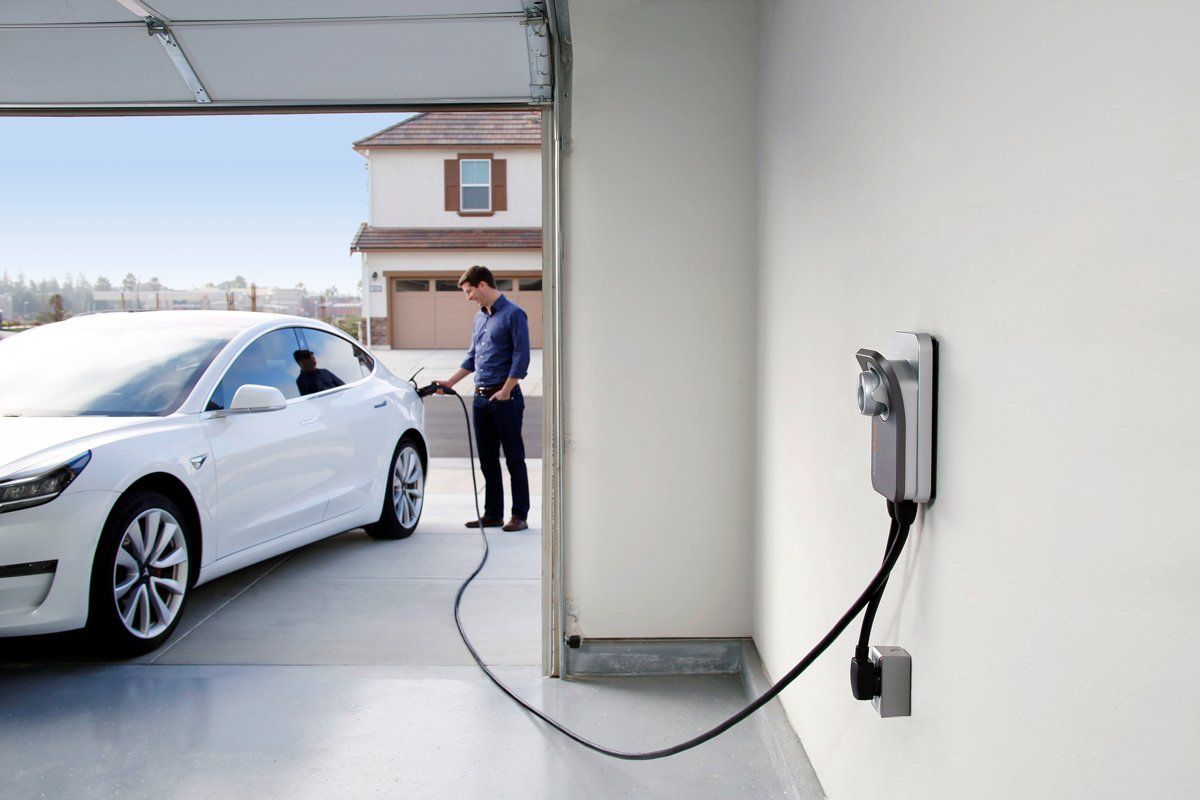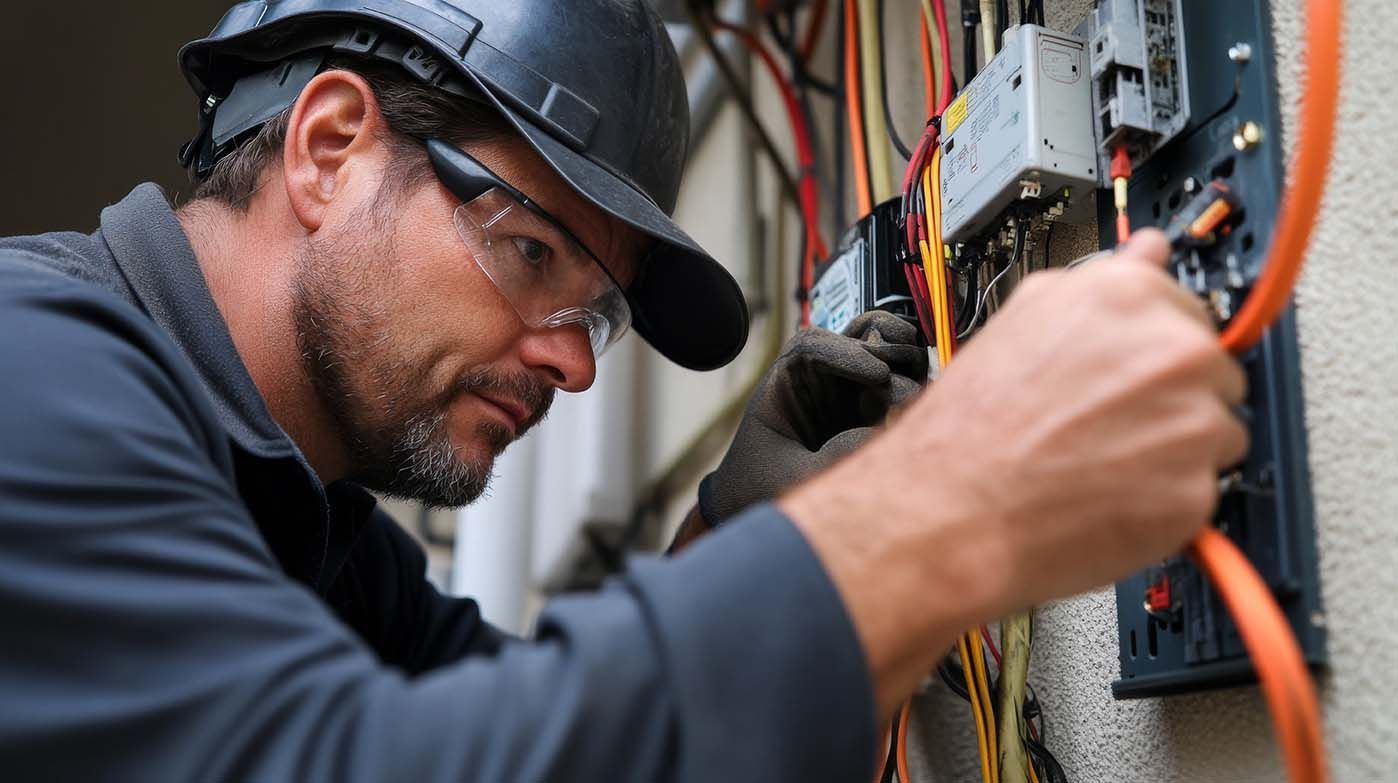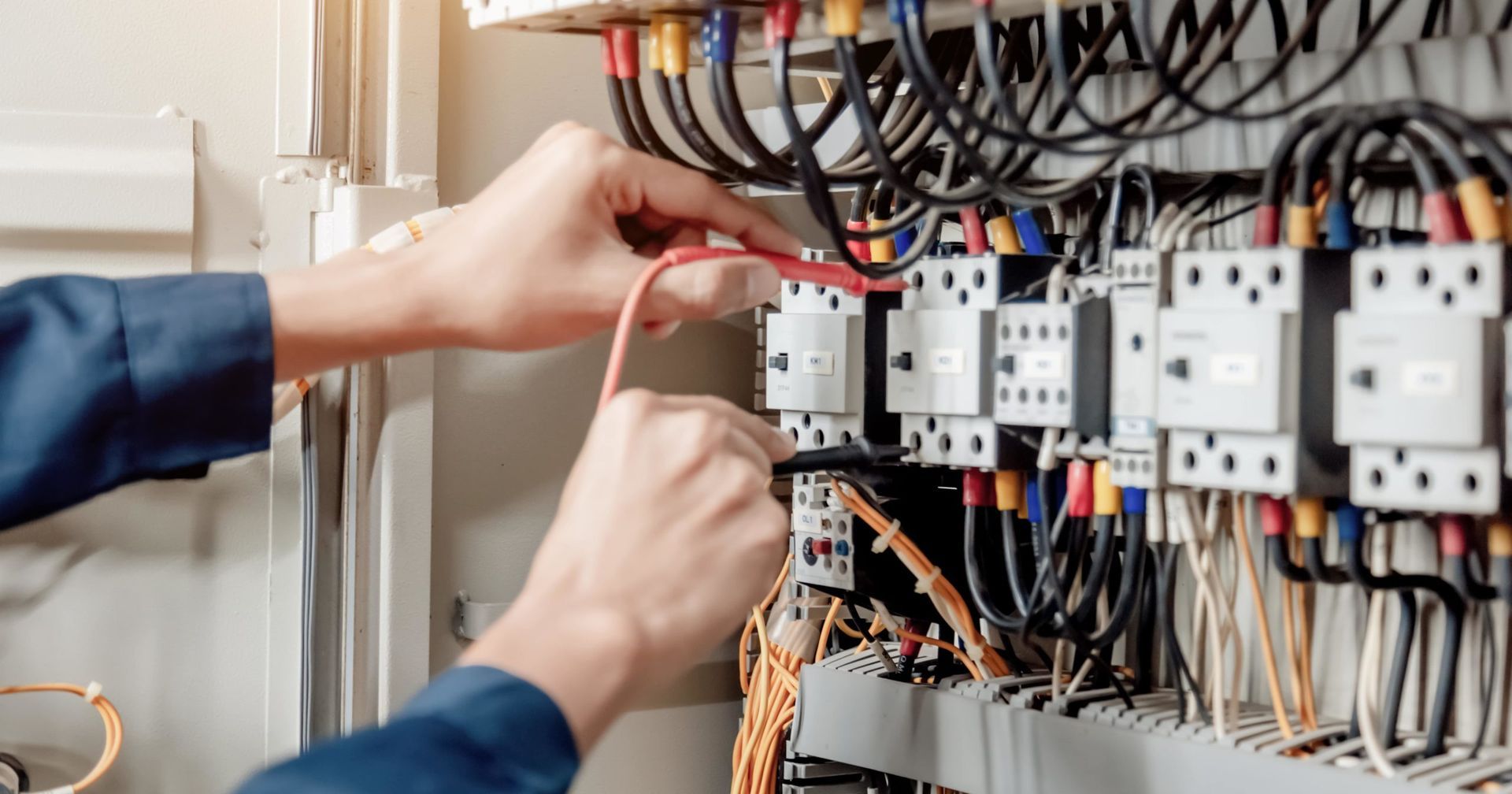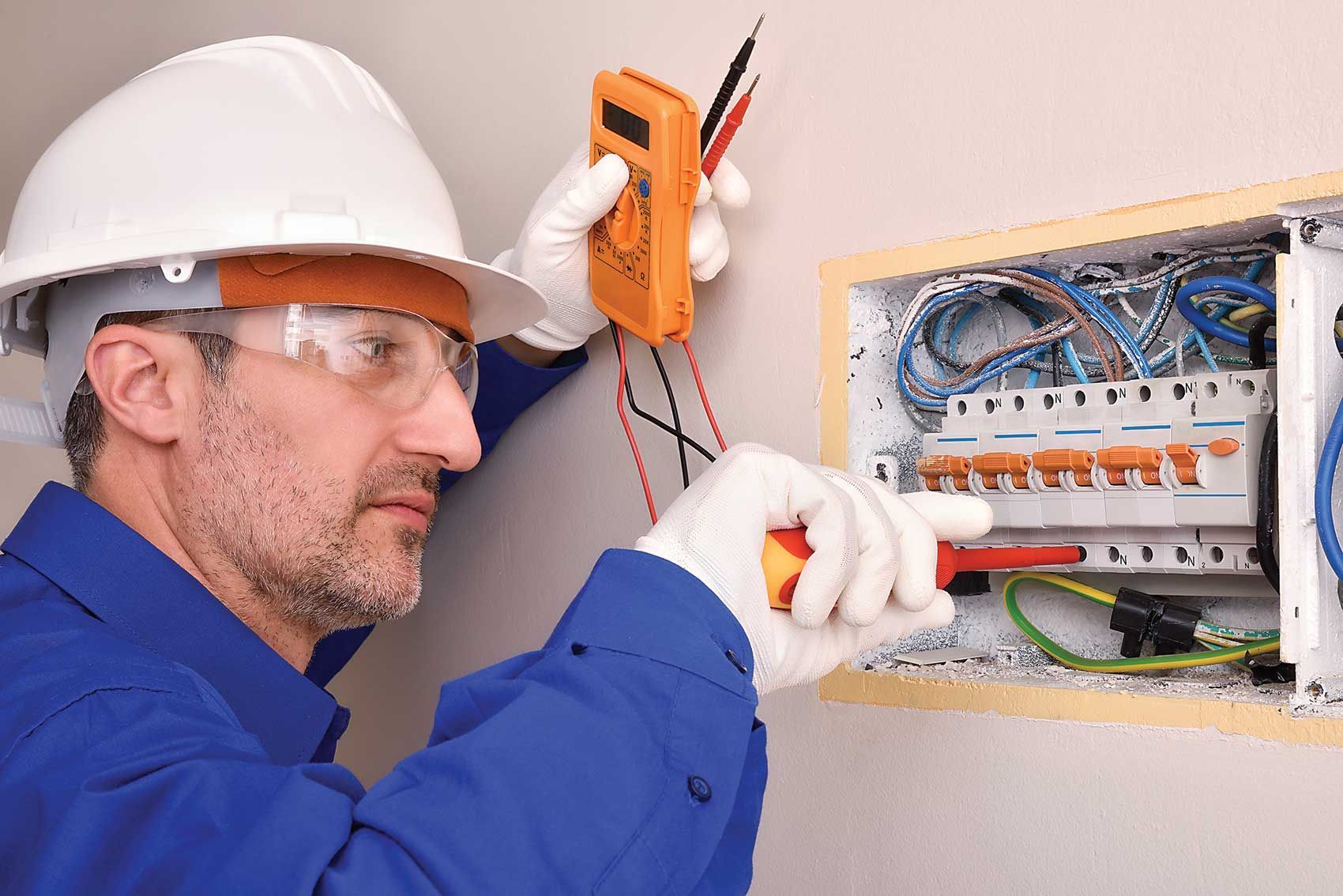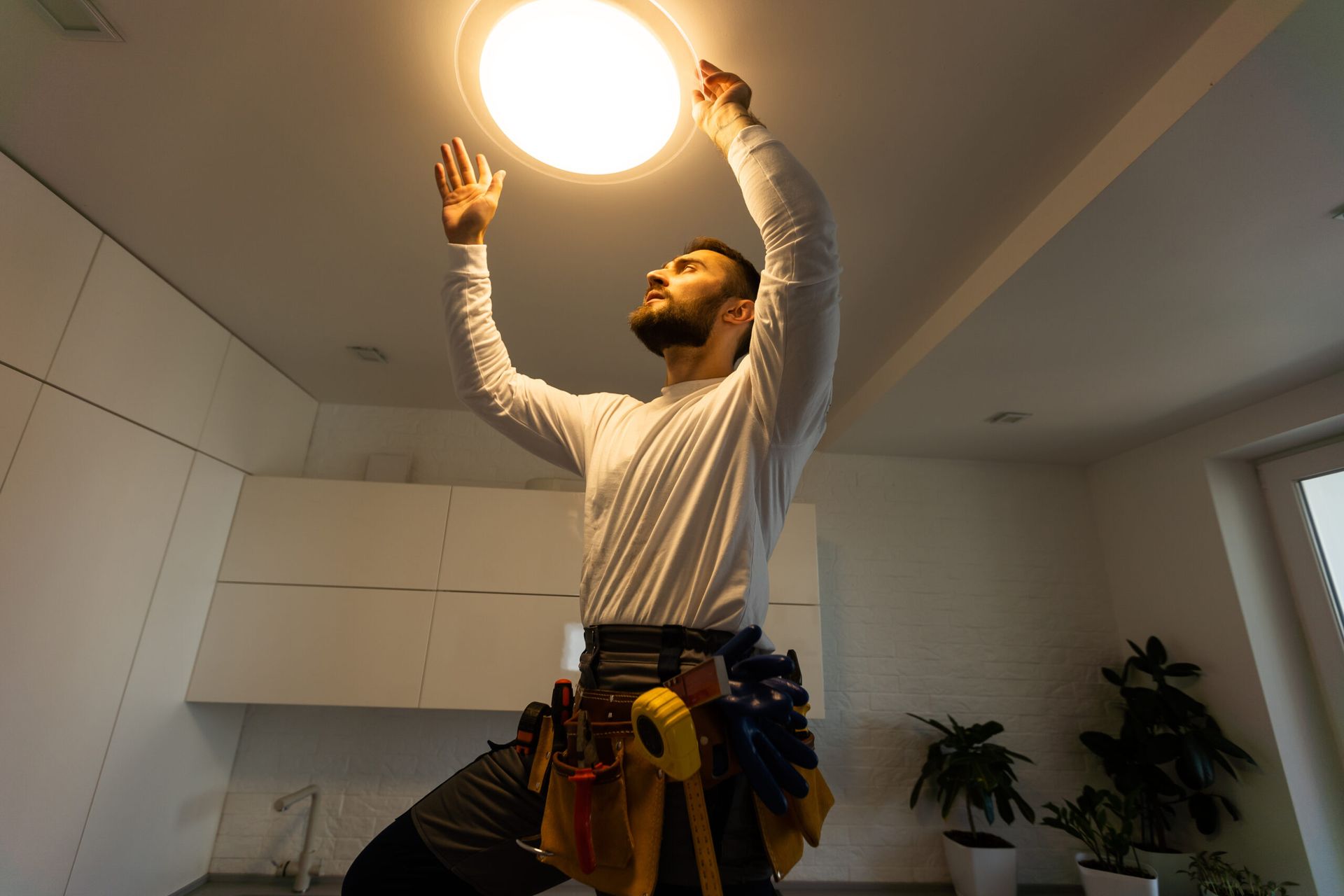Underground Electrical Systems: Benefits, Drawbacks, and How to Decide
Introduction to Underground Electrical Systems
Electrical infrastructure plays a crucial role in how reliably we receive power every day. While many areas still rely on traditional overhead power lines, underground electrical systems are becoming increasingly popular for both residential and commercial applications. These systems carry electricity through buried cables, protected by conduits, rather than exposed wires on poles.
If you’ve ever driven through a neighborhood with no visible wires crisscrossing the streets, chances are you’ve experienced an area powered by an underground system. They’re known for being sleek, safe, and surprisingly efficient—but they’re not without drawbacks. This article will guide you through the benefits, disadvantages, and key considerations to help you decide whether an underground electrical system is the right choice.
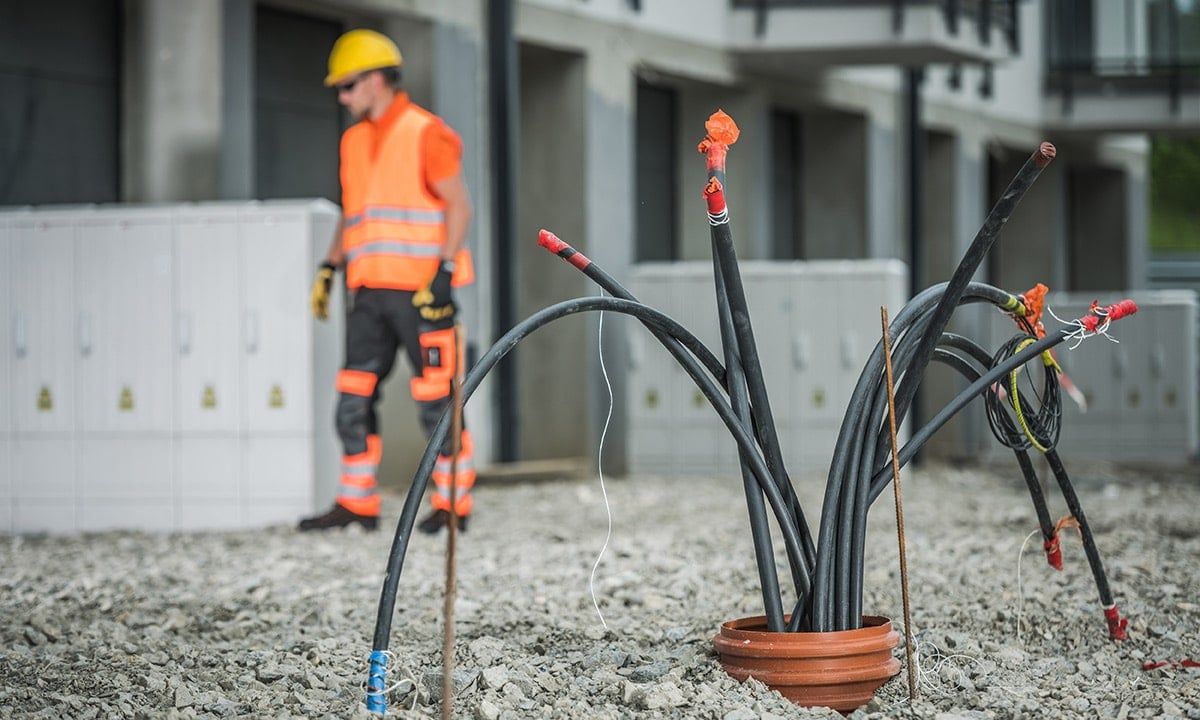
What Are Underground Electrical Systems?
Underground electrical systems are power distribution networks where cables are buried beneath the ground instead of being strung overhead. These cables are usually enclosed in protective conduits and routed through trenches to connect transformers, junction boxes, and other critical components.
Unlike overhead systems, underground setups are less prone to storm damage and aesthetic disruption. They’re common in urban developments, high-end residential neighborhoods, and areas where weather extremes are frequent.
How Underground Electrical Systems Work
The process begins with trenching or directional drilling to create a pathway for the cables. The power cables—often insulated with high-grade materials—are laid inside conduits for protection against physical damage and moisture. Transformers are placed strategically, often in green utility boxes, to step down voltage for safe delivery.
Power flows from a substation, through the buried cables, to distribution points, and finally into homes or businesses. In most modern designs, these systems are paired with smart monitoring equipment to detect faults and improve outage response times.
Key Components of Underground Electrical Systems
- High-voltage cables – Carry electricity from substations.
- Conduits – PVC or metal pipes that protect the cables.
- Transformers – Convert high-voltage power to usable levels.
- Junction boxes – Allow for safe cable splicing and routing.
- Switchgear – Controls and protects the system from faults.
Benefits of Underground Electrical Systems
The appeal of underground power isn’t just about looks—it’s about reliability, safety, and long-term efficiency.
Enhanced Safety and Reduced Hazards
One of the most significant advantages is safety. Since cables are buried, the risk of electrocution from downed wires is nearly eliminated. There’s also less chance of vehicle accidents involving poles and fewer fire hazards in windy or dry conditions.
Improved Aesthetics and Property Value
Without poles and wires overhead, neighborhoods look cleaner and more modern. This visual improvement often boosts property values, making it a popular choice in upscale developments.
Greater Reliability in Harsh Weather
High winds, ice storms, and falling trees are common causes of power outages. Underground systems are immune to most of these hazards, meaning fewer disruptions and faster restoration times.
Lower Long-Term Maintenance Needs
While installation costs are higher, underground systems require less routine maintenance. No pole replacements, wire tightening, or tree trimming—just occasional inspections and component servicing.
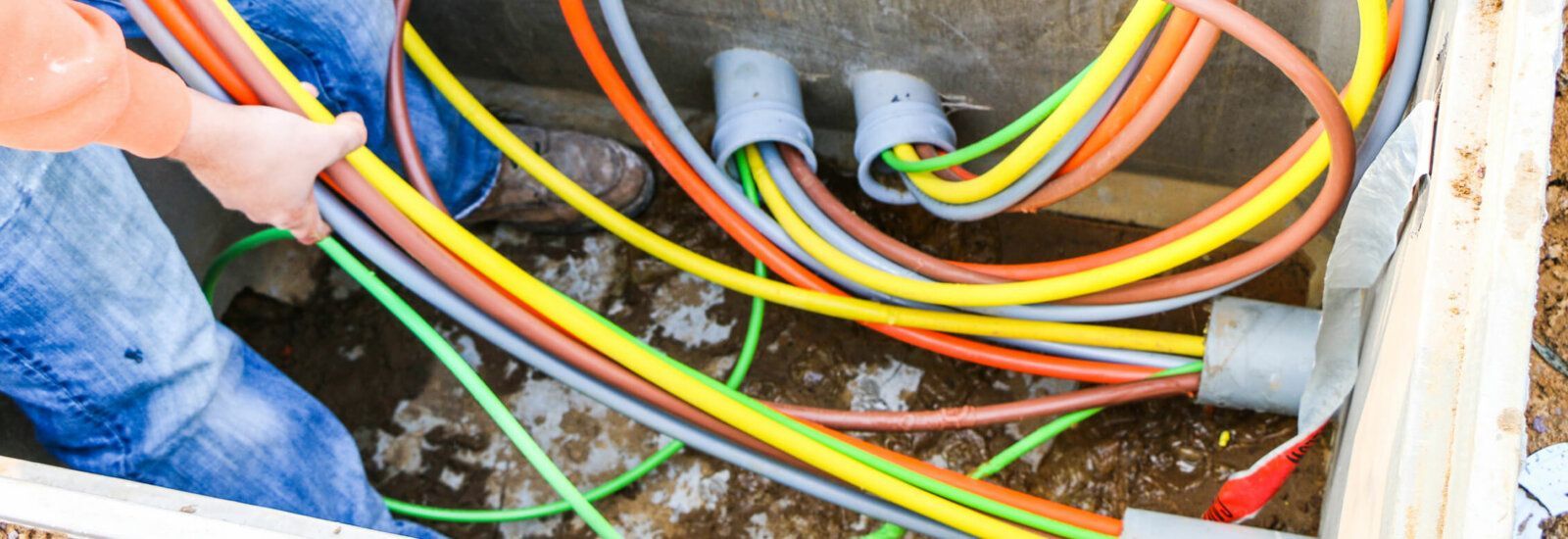
Drawbacks of Underground Electrical Systems
High Initial Installation Costs
The biggest drawback is the price. Installing underground electrical infrastructure can cost two to five times more than overhead systems.
Complex Repair and Maintenance
If a fault occurs, locating and accessing the problem is more difficult. Specialized equipment and skilled technicians are required, which can delay repairs.
Potential Flooding and Moisture Risks
Although cables are well insulated, persistent flooding or high groundwater can damage the system over time, leading to costly repairs.
Limited Flexibility for Future Expansion
Unlike overhead systems where new lines can be added easily, underground networks require digging to expand or reroute—an expensive and disruptive process.
Cost Comparison: Underground vs. Overhead Systems
Feature Underground Overhead
Initial Cost High Low
Maintenance Low Medium to High
Weather Reliability Excellent Moderate
Lifespan 40–50 years 25–30 years
Aesthetic Appeal High Low
Environmental Impact of Underground Electrical Systems
Underground systems minimize visual pollution and reduce tree trimming, but installation can temporarily disturb soil and wildlife habitats. Over the long term, they often have less environmental impact than overhead systems.
How to Decide if Underground Electrical Systems Are Right for You
Ask yourself:
- Is your area prone to extreme weather?
- Are aesthetics and property value priorities?
- Can you manage the higher upfront cost?
Homeowners and businesses can get personalized guidance from experts like Electrical Service, who can evaluate your specific needs and budget.
Hiring Professionals for Underground Electrical Systems
Working with experienced electricians ensures your system meets safety codes and runs efficiently. Licensed professionals can handle trenching, cable selection, and compliance with local regulations. For assistance, visit the Contact page of a trusted provider.
Common Myths About Underground Electrical Systems
- They never fail – While more reliable, they can still experience outages.
- They’re maintenance-free – Regular inspections are still necessary.
- They’re always the best choice – In rural areas, overhead may be more practical.
Future Trends in Underground Power Infrastructure
Expect to see increased integration with renewable energy sources, smart grid technologies, and automated fault detection, making underground systems even more appealing in the next decade.
Conclusion
Underground electrical systems offer impressive benefits in safety, reliability, and aesthetics, but they require a significant upfront investment and careful planning. If your location and budget allow, they can be a long-term solution that adds both function and beauty to your property.
Links

